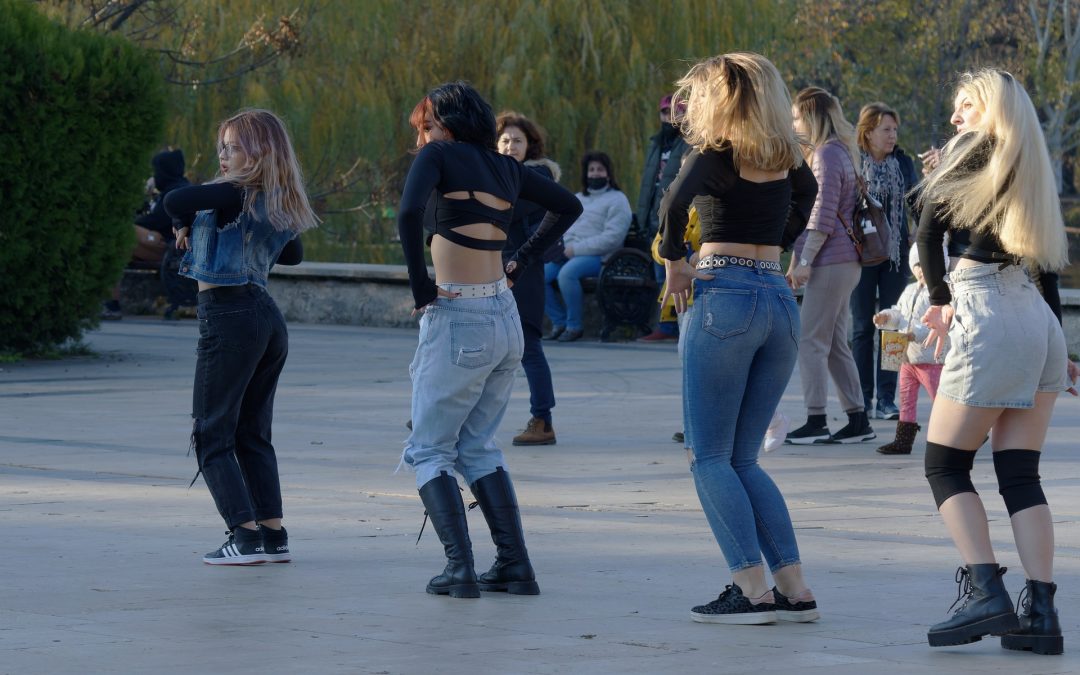Dance has always been an integral part of popular culture, evolving with each passing decade and captivating audiences around the world. Throughout history, certain dance crazes have emerged, spreading like wildfire and leaving an indelible mark on the collective memory. Join us on a journey through time as we explore the dance crazes that define each decade, from the energetic moves of the Twist to the viral sensations of the digital age.
1950s – The Twist:
The 1950s witnessed the birth of the rock ‘n’ roll era, and one dance craze stood out among the rest: the Twist. Popularized by Chubby Checker in 1960, this lively dance featured swiveling hip movements and simple footwork. The Twist broke social barriers, encouraging people of all ages and backgrounds to hit the dance floor, marking a significant shift in the acceptance of popular dance forms.
1960s – The Hippy Shake and the Frug:
As the 1960s unfolded, dances like the Hippy Shake and the Frug emerged, reflecting the vibrant and free-spirited counterculture of the time. The Hippy Shake involved rhythmic shaking movements and was often accompanied by upbeat rock or surf music. Meanwhile, the Frug incorporated jerky, synchronized steps, showcasing the influence of television and music shows on dance trends.
1970s – Disco Fever:
The 1970s were synonymous with disco, and dance floors across the globe pulsated with energy. Dances like the Hustle, the Bump, and the Electric Slide became staples at discotheques. The Hustle, characterized by smooth partner movements and stylish spins, became an icon of the disco era, while the Bump involved playful hip-to-hip or shoulder-to-shoulder interactions. The Electric Slide, with its synchronized steps and electric glides, brought people together in perfect harmony.
1980s – Breakdancing:
The 1980s witnessed the rise of hip-hop culture, with breakdancing taking center stage. Breaking, also known as b-boying or b-girling, combined intricate footwork, acrobatic spins, and gravity-defying moves. The dance battles and creative expression of breakdancing served as a powerful outlet for self-expression and a symbol of urban street culture.
1990s – Macarena and the Tootsee Roll:
The 1990s brought infectious dance crazes that transcended borders. The Macarena, originating from Spain, became a global sensation, with its catchy rhythm and simple arm and hand movements capturing the world’s attention. Meanwhile, the Tootsee Roll, with its repetitive hip-hop dance steps, took clubs and parties by storm, becoming a staple of ’90s dance culture.
2000s – Crank That (Soulja Boy) and the Harlem Shake:
The dawn of the digital age brought dance crazes to new heights of virality. In the 2000s, Crank That (Soulja Boy) took the internet by storm, propelled by viral dance challenge videos. Meanwhile, the Harlem Shake, characterized by a sudden burst of wild, spontaneous dance moves, became a cultural phenomenon, inspiring countless online videos and dance interpretations.
2010s – Gangnam Style and the Whip/Nae Nae:
In the 2010s, the power of social media propelled dance crazes to new levels of global popularity. Gangnam Style by Psy became the first YouTube video to reach one billion views, introducing the world to the infectious horse-riding dance. The Whip/Nae Nae, born from the song “Watch Me” by Silento, sparked a wave of imitations and dance covers, spreading like wildfire across platforms like Vine and TikTok.
Dance crazes have been an integral part of popular culture, shaping the way we move and connect with music. From the Twist of the 1950s to the digital dance challenges of the 21st century, these crazes have reflected the ever-changing social landscape and the power of dance to bring people together. As we step into the future, we eagerly anticipate the new dance crazes that will captivate our hearts and dance floors, reminding us of the universal language and joy that dance continues to embody.
